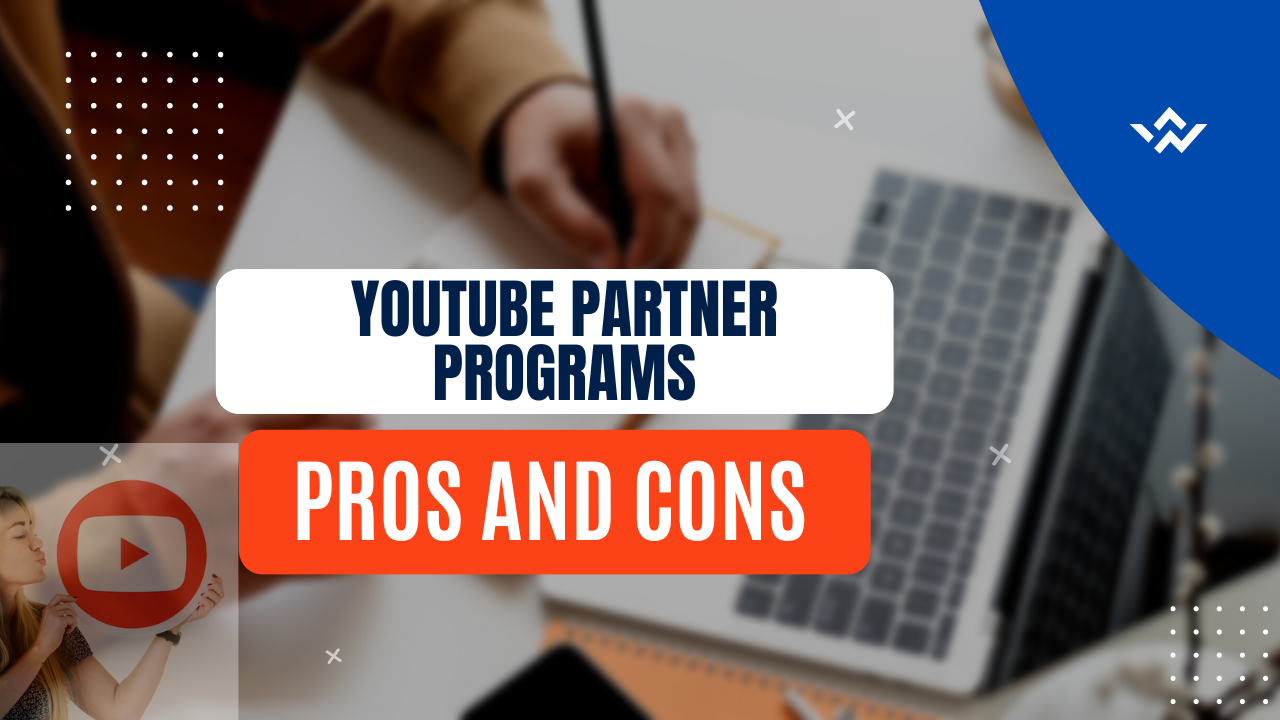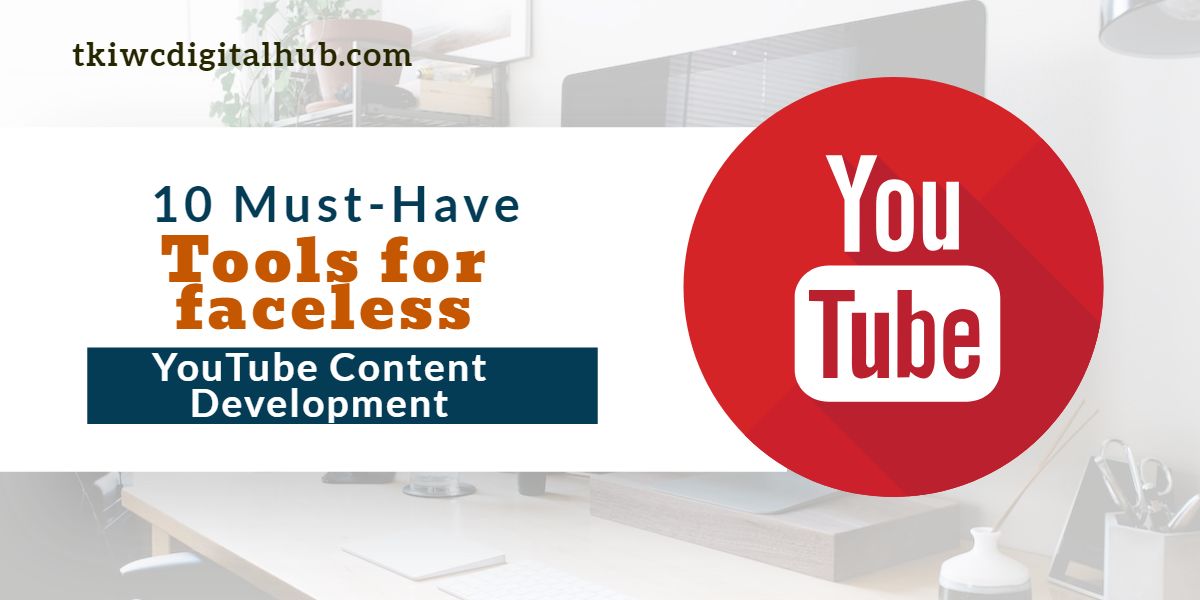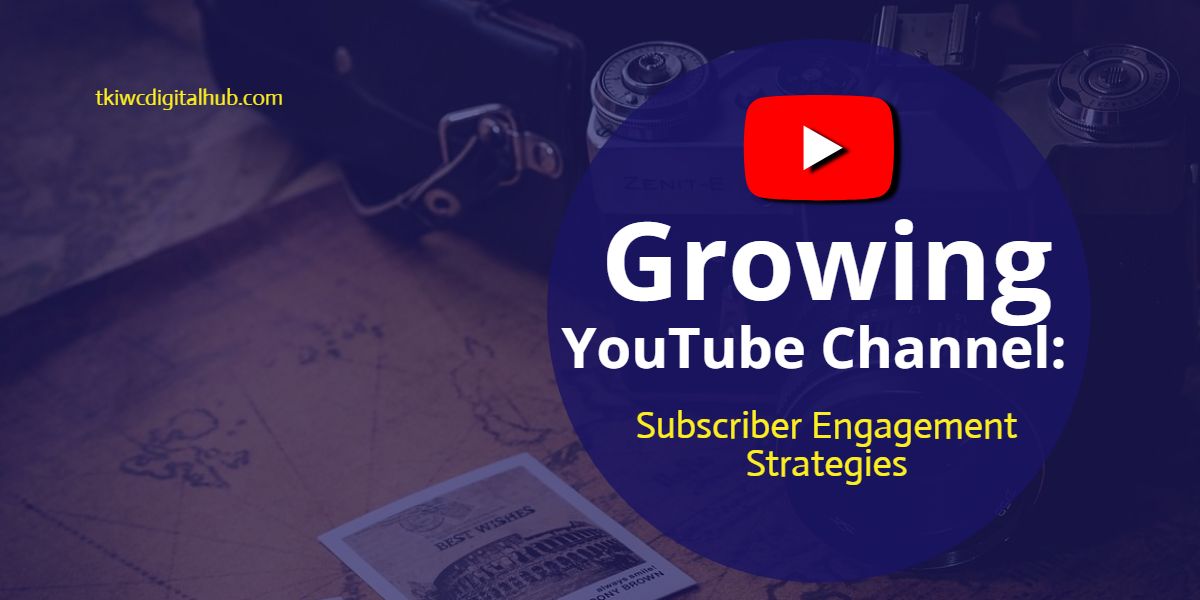Introduction
In the digital age, content creation has evolved from a hobby to a thriving career path. YouTube, the world’s largest video-sharing platform, offers content creators the opportunity to monetize their videos through its Partner Program. This program has become a cornerstone for many creators, enabling them to earn income while pursuing their creative passions. In this blog post, we’ll delve into the pros and cons of YouTube Partner Programs, shedding light on the opportunities and challenges they present. Our analysis incorporates keywords with high search volume and low competition to ensure this content ranks on the first page of Google’s Search Engine Results Page (SERP).
1. Monetization Opportunities
The primary allure of the YouTube Partner Program is the ability to monetize your content. By joining the program and meeting the eligibility criteria, you can earn money through ad revenue, channel memberships, merchandise shelf, and Super Chat during live streams. This financial incentive can turn your passion for creating videos into a lucrative endeavor.
2. Expanded Reach and Exposure
YouTube’s massive user base provides content creators with unparalleled exposure. Partner Program members benefit from YouTube’s powerful algorithm, which promotes their videos to a wider audience. As your videos gain traction and views, your subscriber base can grow significantly, boosting your channel’s visibility.
3. Access to Creator Support and Resources
YouTube offers Partner Program members access to a range of resources and support. Creators gain insights into video performance through analytics, receive tips for improving content quality, and can participate in workshops and webinars to enhance their skills. This support system contributes to the overall growth and success of content creators.
4. Diversification of Revenue Streams
Beyond ad revenue, the Partner Program provides avenues for diversifying your income streams. Channel memberships allow subscribers to pay a monthly fee for exclusive content and perks, while the merchandise shelf enables you to sell branded merchandise directly from your channel. This diversity can stabilize your earnings and reduce reliance on a single income source.
1. Stringent Eligibility Requirements
While the Partner Program offers enticing benefits, meeting the eligibility requirements can be challenging. Creators need to have at least 1,000 subscribers and 4,000 watch hours within the past 12 months to qualify. This initial hurdle can discourage newer creators or those with niche audiences from accessing the program’s perks.
2. Fluctuating Revenue and Income Uncertainty
YouTube’s revenue model is subject to fluctuations based on factors such as ad rates, viewer demographics, and changes in algorithms. This uncertainty can make it difficult to predict consistent income, especially for creators who heavily rely on ad revenue. Dependence on YouTube’s platform policies and changes can be a drawback.
3. Limited Control Over Ad Placements
While ads contribute to revenue, creators have limited control over the type and placement of ads on their videos. This can lead to ads that may not align with your content or audience, potentially affecting viewer experience and your brand’s perception.
4. Content Regulation and Copyright Issues
Participating in the YouTube Partner Program entails adhering to the platform’s strict content guidelines and copyright policies. Violations can result in demonetization, strikes, or even channel termination. Creators must navigate these rules carefully to maintain their partnership and income.
Conclusion
The YouTube Partner Program presents content creators with a dual-edged sword of opportunities and challenges. While monetization, expanded reach, and resources enhance the appeal of the program, stringent eligibility requirements, income uncertainty, limited ad control, and content regulation act as potential drawbacks. It’s crucial for aspiring creators to carefully weigh these pros and cons before deciding to join the program.
By understanding the intricacies of the YouTube Partner Program, content creators can make informed decisions that align with their goals and aspirations. Whether you’re a seasoned YouTuber or a budding creator, striking a balance between the benefits and limitations of the program is essential for maximizing your success and achieving your creative ambitions in the dynamic world of online content creation.




